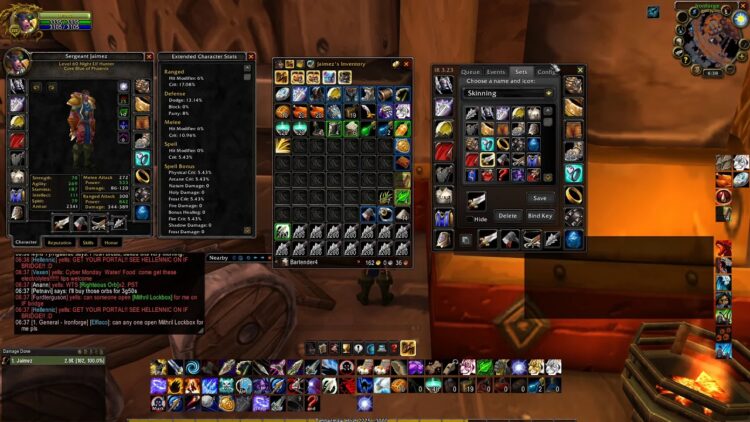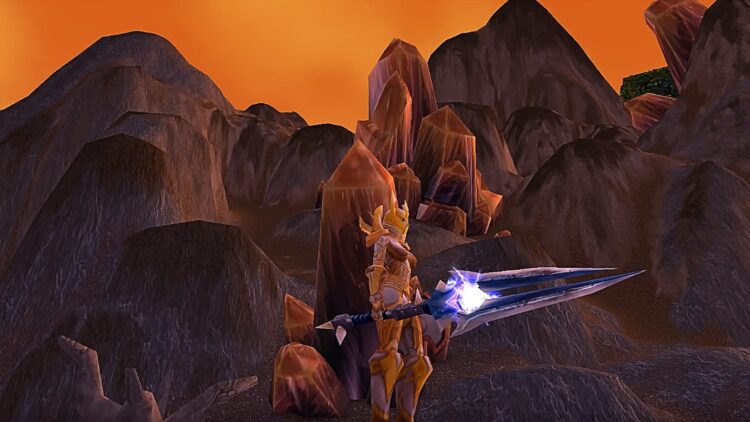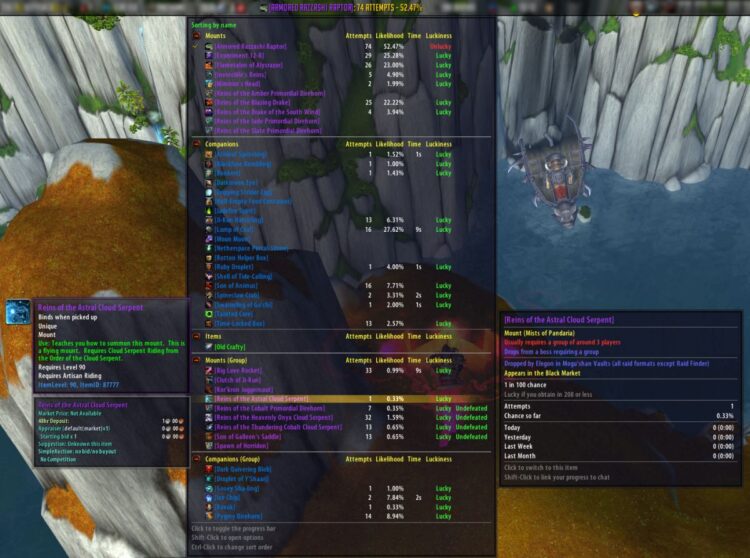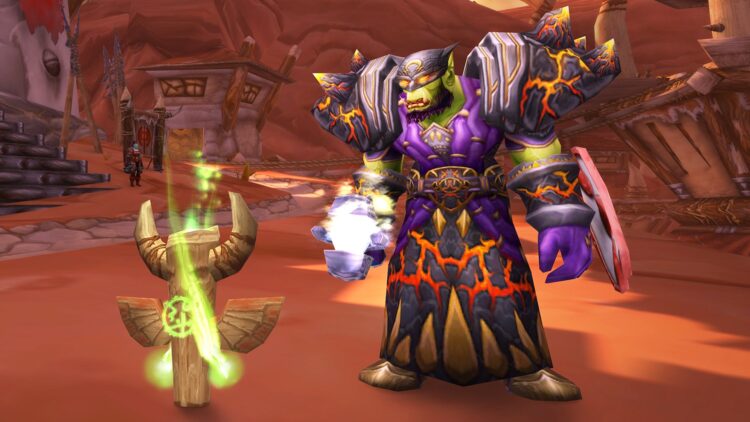So you’ve commenced your journey in World of Warcraft Classic. You’re now level 4, maybe 5. Completed a few quests, acquired your first items, got comfortable with some abilities, and are ready to take it to the next level.
Gear and equipment in WOW Classic provide you with stats, benefits, perks, and much needed offensive and defensive bonuses. Options are abundant. Let’s take a look at some of your options as a newer WOW Classic player to get you on the right track.
Page Contents
What types of WOW Classic equipment are there?

Source: youtube.com
There are many slots on your equipment screen. Head, Neck, Shoulder, Back, Chest, Shirt, Tabard, Bracers, Gloves, Belt, Pants, and Boots, as well as two Ring and Trinket slots. Then you have the left and right-hand slots for Weapon and Shield as well as a Ranged slot with Ammo. That’s a considerable amount of slots for equipment and can be quite overwhelming to begin with.
To add to this, there are four different types of Armor/Clothing—cloth, Leather, Mail, and Plate. The kind of Armor available to you is dependant on your class. These types are in tiers; access to a higher tier also allows you to wear those below it. Priest, Mage, and Warlock may only ever use Cloth Armor. Druid, Rogue Shaman, and Hunter may use Leather or Cloth Armor. Warriors and Paladins may use Mail, Leather, or Cloth Armor.
The higher-level armors start to get pretty expensive, especially for a newer player. However, you can get a head-start on this by buying WOW Gold from Chicks Gold to fund your endeavors.
In addition to this, four of the classes gain access to the next tier of Armor at level 40. This means Warriors and Paladins may use any armor type and are the only classes that may use Plate Armor. Shaman and Hunter that are level 40 gain access to Mail Armor and their already existing access to Leather and Cloth Armor.
Necklaces, Rings, and Trinkets do not have armor types. Neither do your Cloak or cosmetic Shirt and Tabard. Everything else is restricted to armor types, as described above.
Important Equipment Stats

Source: pcgamesn.com
The higher level you climb in terms of equipment and gear, the more unique each item becomes with extra perks, traits, and bonuses. For most equipment, there are stats to keep in mind when choosing your gear.
Each piece of equipment degrades over time. The level of Durability shows you how degraded your item is. You will receive full stat benefits from equipment until this Durability falls to 0. At 0 Durability, you no longer gain the stats or benefits from that piece of equipment.
Upon death, a large chunk of your equipment’s Durability will deplete.
Costing gold, you can repair your items at most Armor and Shieldcrafter vendors. This will replenish your Durability so you can get back into action.
When an item is Soulbound, it is unable to be traded to other players. You can still use this piece of equipment yourself, of course. Soulbound gear can also be sold to the NPC stores.
There are two ways an item can become Soulbound. The first is “Binds on Pickup.” This means once you pick up the item, it becomes Soulbound and is now untradeable. The second option is the “Binds on Equip,” which are tradeable items that only become Soulbound once a player wears them. At this point, the only way to sell them is to a store.
Equipment Rarities

Source: wowace.com
Each piece of equipment has its rarity. Equipment can be one of six rarities; Junk, Common, Uncommon, Rare, Epic, or Legendary.
The purpose of Junk items is to be sold, a stable revenue source from your everyday grinding.
Common items are pieces of gear without special bonuses or added stats, you may find some use in the early game, but again, you’ll find that most of this is better sold than used. Quest items, crafting reagents, and some consumables will also be of the common variety.
Uncommon gear is where added stats start to appear, although at a lower value in power. Some of the higher level crafting reagents and consumables will also be Uncommon. You will sometimes find Uncommon gear as drops in the Open World. However, they are more likely to be seen from Dungeon Mobs and reliably from Quests and Bosses.
Rare items have two to four added stats and often have a bonus special effect or attribute. There are a few crafting reagents of the rare variety, however considerably expensive. It is improbable to receive a Rare item from the open world. You will find the odd one from Dungeon Mobs, but the primary source for these will be during longer quests.
Epic items are some of the best items in the game. If you happen to come across one in your leveling up to 60, it’ll likely become your best-in-slot throughout. It would be extremely unlikely to find these as a drop in the open world and can only really be acquired from end game dungeons, raids, and the longest of quest chains.
Legendary tier items are incredibly rare compared to any other type. These items aren’t straight drops. They require hours upon hours of raiding and the completion of the longest quests and content in-game to acquire the pieces. After that, the crafting recipes for creating these items require the highest tier crafting supplies and skill to create. You won’t see many of these in your day to day gameplay.
The choice is yours

Source: nordic.ign.com
Ultimately there are so many choices when it comes to your equipment. Although it may seem daunting, it can be a lot of fun. Designing and building your character with tailored gear and equipment to suit your skills and abilities is continually developing. When you find that piece to compliment your skillset, it’s gratifying for sure. When you get your
first Epic drop and trade it for hefty cash gains, or if you have the time, building up to creating your first Legendary item is a fantastic feat.
Whatever you choose to do, there’ll be items to help you build your account the way you want it!





